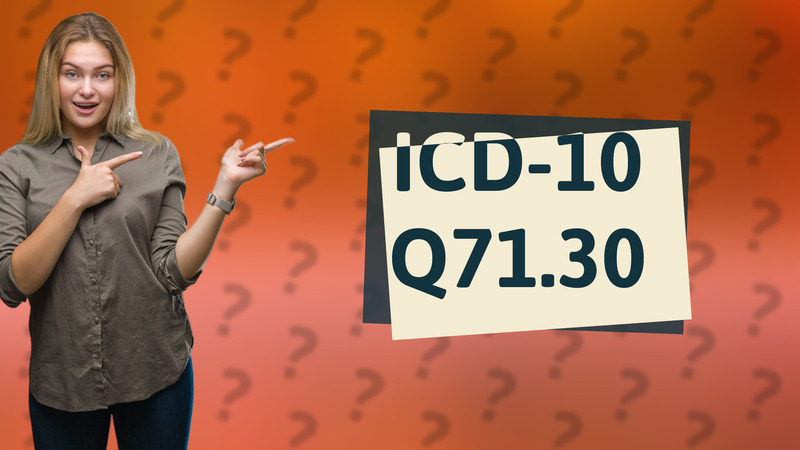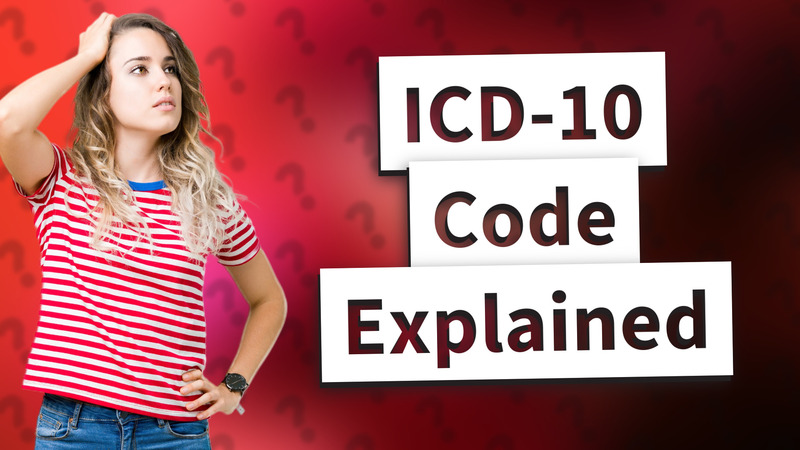
Discover how Positive Predictive Value (PPV) measures precision in various fields, especially in medical diagnostics.

Learn about the ICD-10 code Q71.30 for lower limb deficiency and its importance in medical billing.

Discover the ongoing demand for SAS in healthcare, finance, and academia. Learn how SAS enhances your data analysis skills.

Learn about the ICD-10 code E11.39 for diabetic visual disturbances and its importance in medical coding.

Discover the CPT code for insulin syringes and its importance for insurance and healthcare needs.

Discover the importance of machine calibration for accuracy and efficiency in industries like manufacturing and healthcare.

Discover the ICD code Z13.1 for diabetes mellitus screening and its importance in early diagnosis and management.

Discover how masking protects sensitive data in healthcare and finance with effective examples.

Learn about the responsibilities and skills of a basic laboratory technician in research and diagnostics.

Discover how numbers impact daily life, from finance management to healthcare and construction. Learn their practical applications now!

Explore career opportunities that advance beyond lab techniciasn like Senior Lab Technician, Lab Manager, and Research Scientist.

Learn what the 4th character in diabetes code signifies regarding complications.

Explore the key differences between lab assistants and MLTs, including duties, education, and certifications.

Explore the vital functions of a Level 3 laboratory technician and their impact on scientific research.

Learn about ICD-10 codes for lower extremity dysfunction, including musculoskeletal disorders and specific coding examples.

Learn what calibration is and why it’s crucial for accurate measurements in various fields.

Discover the essential duties and skills needed for lab technicians to ensure accurate lab operations.

Learn about the ICD-10 code Z01.00 for visual acuity screening and its importance in accurate billing.

Explore the vital duties of lab technicians in scientific research and diagnostics.

Learn about ICD-10 codes for diabetic complications, including E11.9 and E11.65, to ensure accurate medical coding.

Discover if Six Sigma is still in use today and how it enhances process improvement across various industries.

Learn the ICD-10 code R26.81 for poor gait and balance, crucial for diagnosing underlying conditions.

Learn about the ICD-10 code R26.89 for unsteadiness on feet and its implications for diagnosis and treatment.

Learn the essential ICD-10 coding guidelines for diabetes mellitus, including specific codes and their importance.

Discover the ICD-10 codes for diabetes types and their complications including Type 1 and Type 2 codes.

Learn about the ICD-10 code R26.89 for poor mobility and its significance in healthcare documentation.

Learn the ICD-10 code for peripheral vascular disease (I73.9) and its use in medical documentation.

Learn about the Wagner Classification System for diabetic foot, from Grade 0 to Grade 5, and its importance in treatment.

Discover the functions of T1 and T2 time constants in MRI and telecommunications, crucial for image quality and diagnostics.

Learn about the ICD-10 codes E10 and E11 for diabetes, essential for medical billing and diagnosis.

Learn the ICD-10 code E11.51 for diabetic peripheral vascular disease and its implications for diabetes complications.

Learn about digital twins, their applications, and how they optimize processes in various industries.

Learn what a third party payer is and how it impacts medical expenses for patients and providers.

Discover 3D Pro, a cutting-edge 3D printing technology used in engineering, healthcare, and fashion for high-quality production.

Learn why billing codes are not the same as zip codes. Discover their distinct roles in healthcare and postal services.

Explore the benefits of 6 Sigma in reducing defects and enhancing efficiency compared to 3 Sigma.

Learn how 24-7 monitoring enhances security and efficiency across various sectors through real-time technology.